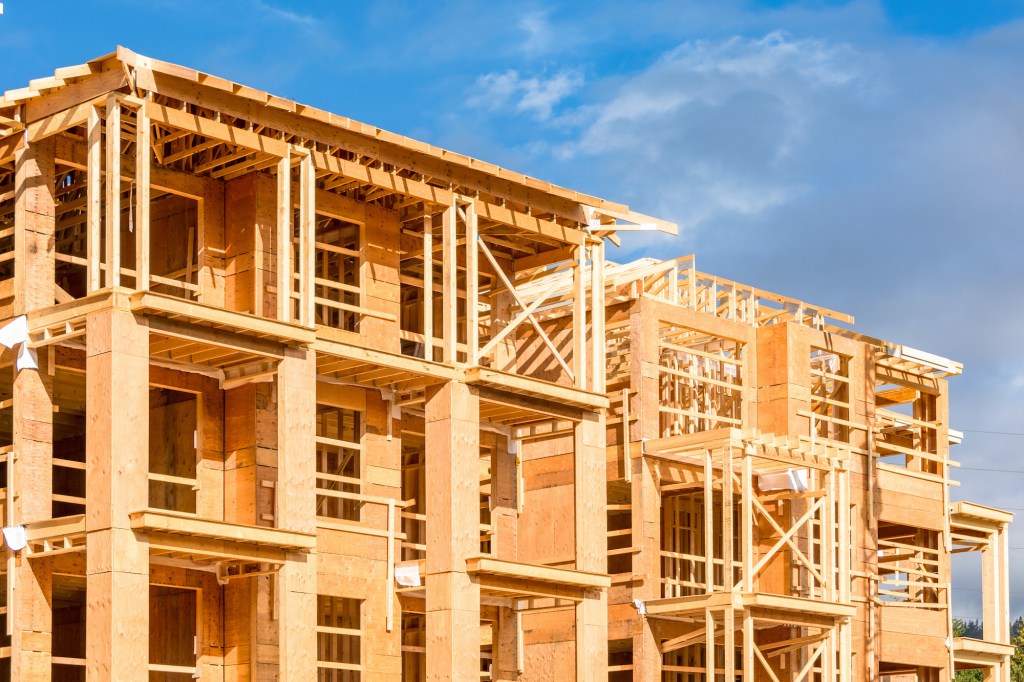Multifamily developer confidence inched up slightly in the fourth quarter, according to the National Association of Home Builders’ (NAHB’s) Multifamily Market Survey. The Multifamily Production Index (MPI) increased two points to 34 in the fourth quarter, while the Multifamily Occupancy Index (MOI) rose four points to 49.
The MPI measures builder and developer sentiment about conditions in the apartment and condo market on a scale of 0 to 100. According to the NAHB, the index and all of its components are scaled so that a number below 50 indicates more respondents are reporting that conditions are getting worse rather than improving.
“It is appropriate that multifamily developers are expressing some caution and that the MPI remains below 50, given the way starts have been outpacing completions,” said NAHB chief economist Robert Dietz. “This is also consistent with NAHB’s forecast that multifamily production will slow measurably from the very strong rates it sustained through most of 2022.”
The MPI is a weighted average of three key multifamily market elements: construction of low-rent units—apartments that are supported by low-income housing tax credits or other government subsidized programs; market-rate rental units; and for-sale units—condos. The three components saw mixed results over the third quarter, with the component measuring low-rent units increasing five points to 41, the component measuring market-rate units dropping one point to 38, and the component measuring for-sale units remaining flat at 23.
The MOI’s four-point increase in the fourth quarter brings the index closer to the break-even point, meaning the market is close to being stable. This increase comes after the third quarter MOI was at the lowest level since the first quarter of 2010, with the exception of the start of the pandemic. The MOI measures the multifamily industry’s perception of occupancies in existing apartments. It is a weighted average of current occupancy indexes for Class A, B, and C units and can vary from 0 to 100, with a break-even point at 50, where higher numbers indicate increased occupancy.
“Many developers continue to see strong demand for multifamily housing, but in some markets supply is catching up with demand,” said Lance Swank, NAHB Multifamily Council chairman and president and co-owner of Sterling Group, based in Mishawaka, Indiana. “In most markets, developers face challenges with regulatory costs and delays and obtaining financing for new construction.”
